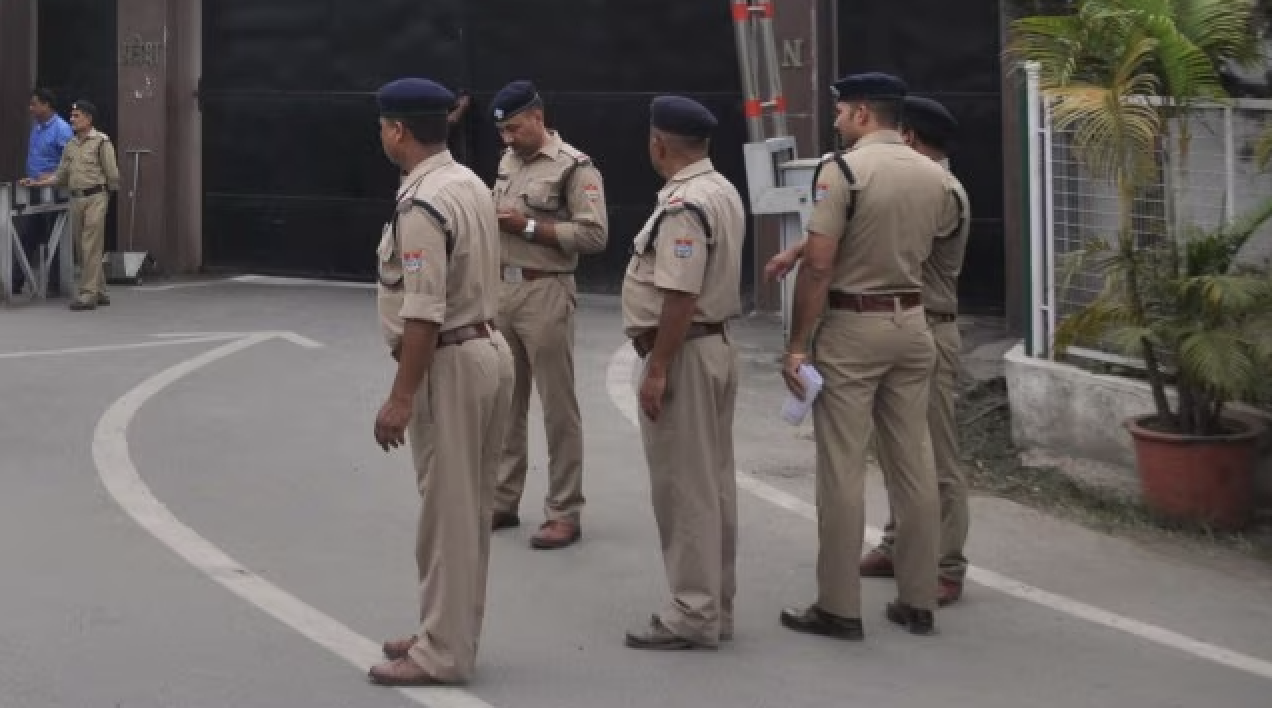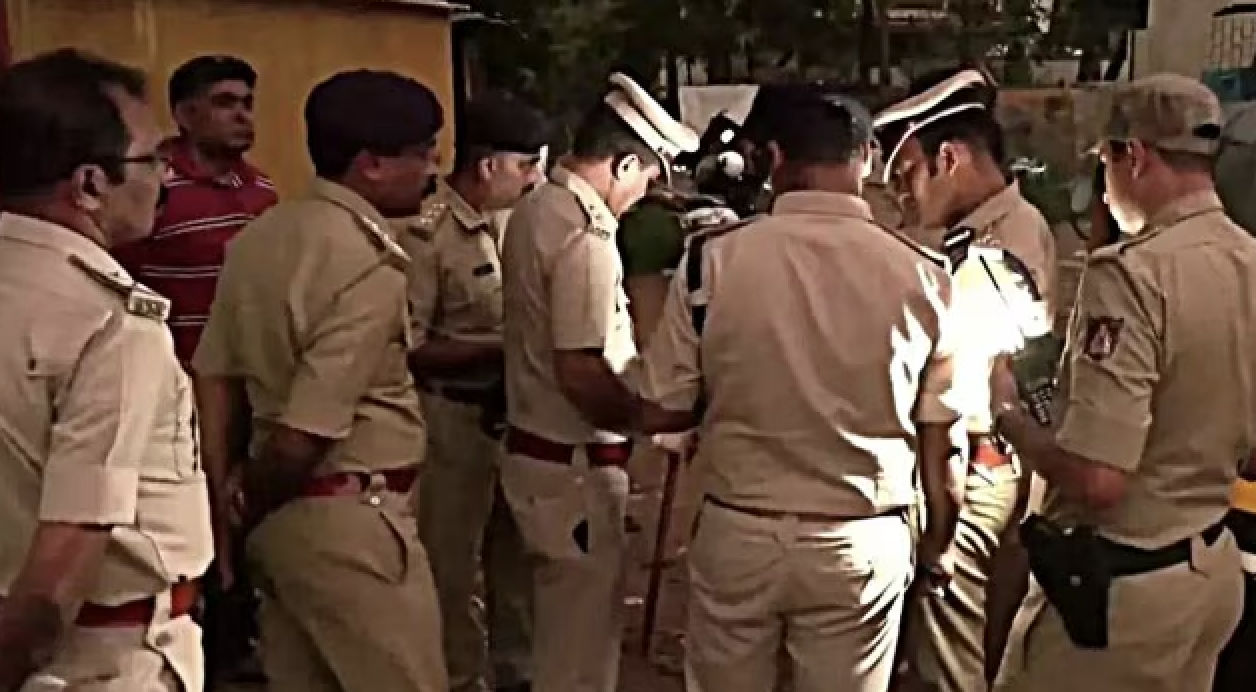
BY ASHIQUE ALI T
The farmers’ struggle against pauperization and the corporatization of agriculture cost more than seven hundred lives as it faced massive state repression, including arrests, physical violence, and frequent internet shutdowns. After eleven rounds of unsuccessful negotiations with the government, the movement forced Modi to retreat.
Unity Against Modi
In the seven years since Modi and his Bharatiya Janata Party (BJP) returned to power, they have usually responded to democratic dissent with brutal repression and violence by Hindutva (Hindu nationalist) vigilantes rather than pull back from their legislative plans. The protests against the abrogation of Article 370 in Jammu and Kashmir and the anti-Muslim Citizenship Amendment Act of 2019 bore witness to this trend.
The protracted farmers’ protest has broken the pattern. It tamed the institutional violence of the Indian state and the Hindutva far right by forging a broad unity of social forces that were otherwise staunch adversaries in a society marked by graded caste hierarchies and social polarization. Landholding Jats, landless Dalit agricultural laborers, and the “arthiyas” (agrarian intermediaries) came together against big corporate actors and the BJP government.
Rakesh Tikait, the Jat leader who supported Modi’s election campaign in 2014, clasped hands with progressive-left democratic organizations. The movement also received solidarity from the Ambedkarite leadership among India’s Dalit communities, including the support of Chandrashekhar Azad Ravan, the Bhim Army chief whose supporters have militantly resisted atrocities against Dalits. Even the Khap panchayats (councils) in Northern India, infamous for intercaste social violence and misogynist, reactionary politics, opened up their rigid boundaries to allow for the participation of women and oppressed castes.
The cross-class and cross-caste solidarity of farmers and agricultural laborers, mainly from Punjab, Haryana, Rajasthan, and western Uttar Pradesh, broke up the unity of Hindutva nationalism. In regions like Muzaffarnagar, the Hindutva forces had altered the sociocultural landscape in their favor through what Paul Brass has described as “institutionalized systems of riot production.” They depended on landowning Hindu castes like the Jat community against the Muslims.
The farmer protests have shifted rural North India’s political axis. The feelings of vulnerability and uncertainty caused by the agrarian crisis and aggressive neoliberal capitalism have been directed against the dominant political and economic forces rather than being mobilized around religious and caste cleavages. This explains the solidarity that emerged between Hindu Jat farmers and Muslim Jat farmers in Western Uttar Pradesh’s Kisan maha panchayats.
An Existential Battle
Moreover, they aroused India’s moral imagination around the sufferings of food givers (annadatas). The slogan “No Farmer, No Food” appealed to the conscience of the urban middle classes and their anxieties around food security, disabling the ultranationalist jingoism of Hindutva politics to a considerable extent. India’s “food soldiers” redefined the discourse of nationalism through their struggles and sacrifices.
The existential battle of farming communities even stirred up dissent within the ruling party. The BJP state governor of Meghalaya, Satya Pal Malik, criticized the union government for not listening to the farmers’ concerns, and went so far as to say that he would keep on speaking up for farmers “no matter what the consequences are.”
The movement also enjoyed transnational support. The Sikh diaspora took the lead, organizing solidarity meetings and donations in Europe, Australia, and the United States. MPs from the British and Canadian parliaments spoke out in support of the protests. This was a significant blow to Modi’s global image-making.
In recent elections, the BJP performed poorly in most states except Assam. A coalition of farmers’ unions that was leading the protests, the Samyukta Kisan Morcha, organized a “punish the BJP campaign” in states like Uttar Pradesh, Punjab, and Uttarakhand, posing a serious electoral threat for the ruling party. The son of a union minister, Ajay Mishra, was accused of involvement in the murder of four farmers by a car convoy in Lakhimpur Kheri, Uttar Pradesh, further raising the political temperature.
The movement dominated public debate for a prolonged period of time and its supporters began forging ties of solidarity in the face of the pandemic’s many hardships. In this context, Modi had no option but to retreat before the perseverance of farming communities. Although electoral pressure was vital, this was very much a victory for social mobilization, demonstrating the structural bargaining power of labor.
“What Parliament Can Do, the Streets Can Undo!”
The surrender and apology from strongman Modi has dealt a severe blow to popular faith in his leadership. This has profound implications for the BJP’s electoral prospects because, as the political scientist James Manor has argued, the party has built up a personality cult around Modi far more than a well-institutionalized party machine.
Modi’s leadership style not only dictated policy through populist rhetoric, intimidation, and coercion; it also kept the BJP’s own structures subservient to him. The farmers’ protest has now shattered his omnipotent image, opening up new opportunities for India’s political opposition to make gains at his expense. Fissures might also begin to open up within the BJP, with someone like the Uttar Pradesh chief minister Yogi Adityanath becoming an alternative — and perhaps even more authoritarian — leadership figure.
In the “new India” increasingly shaped by Hindutva nationalism, Modi’s defeat will offer encouragement to social movements. It has restored faith in mass protest and political struggle as a check on neoliberal authoritarianism after a period when many activists had lost hope in the democratic expression of dissent and looked to the Indian judiciary instead for protection against BJP encroachments on liberal-democratic rights. The farmers have truly upheld the slogan “What parliament does, the streets can undo!”
The farmers’ protest has also defied the established practice of mobilizing only in spaces approved and designated by the state. Its supporters relied on nonviolent but disruptive tactics such as nationwide strikes, sit-in protests, and a blockade at the Singhu, Tikri, Ghazipur, and Shahjahanpur borders of India’s national capital, Delhi. They braved the repressive clampdown of the state, which dug trenches and put up barricades to impede their movement and cut off supplies of water and electricity as well as access to phone and internet networks. They braved extreme weather conditions, too.
The protest spaces made the role of women in the agricultural sector much more visible. Even though 80 percent of India’s economically active women work in this sector, hardly any of them hold land titles, enjoy access to institutional credit, or feature in the official statistics for farmer suicides. Yet the massive participation of women in the yearlong protest campaign was a very notable feature.
The Next Stage
The movement has exposed contradictions within the political project of Hindutva nationalism and its entanglement with neoliberal economic policies. While the rural population is divided into different classes, these divisions did not prevent rural Indians from mobilizing en masse against the deepening agrarian crisis and the intrusion of corporate behemoths.
The precarious social condition of farming communities is an objective reality, and it won’t always be possible to channel the feelings that arise from that condition into the cultural terminology of Hindutva. When sociopolitical conflicts like the farmers’ protest break out, they starkly reveal the exploitative and oppressive inner core of Hindutva politics.
The BJP’s main opponent, the Congress party, has also retreated from pro-corporate agrarian polices. Congress was the original architect of India’s neoliberal turn. In its manifesto for the 2019 Lok Sabha elections, the formerly dominant party had declared its commitment to scrap the Agricultural Produce Market Committee Act and the 1955 Essential Commodities Act in order to facilitate the corporatization of agriculture and free-market trade.
But Congress had to back away from this prior commitment if it wanted to gain a political advantage from Modi’s difficulties. The neoliberal policy consensus over Indian agriculture has thus been badly weakened.
For the Indian left, which has attempted for many years to build unity among workers and peasants against neoliberal policies and Hindutva authoritarianism, the farmers’ movement is an important victory. It has legitimized their anti-imperialist stance against the policies pressed upon India by organizations like the World Trade Organization and the International Monetary Fund, which sought to dismantle India’s public procurement system, food subsidies, and regulatory frameworks.
Modi’s government has promised that parliament will soon repeal the three farm laws of 2020. However, there is so little trust in his word that farm communities have continued their struggle to ensure the repeal is actually implemented. The three farm laws were only a stepping-stone toward capitalist contract farming and the undoing of public procurement systems and agricultural marketing networks. That whole agenda must be stopped.
The farmers have also demanded legislative assurance that the government will maintain the minimum support price for agricultural crops. They are pressing for minimum wages, the repeal of anti-worker labor codes, and the withdrawal of lawsuits against farmers. These demands have not yet been met. But Modi’s retreat and the labor-farmer unity forged in the course of this struggle already contain profound and hopeful implications for the future.
This story first appeared on jacobinmag.com






